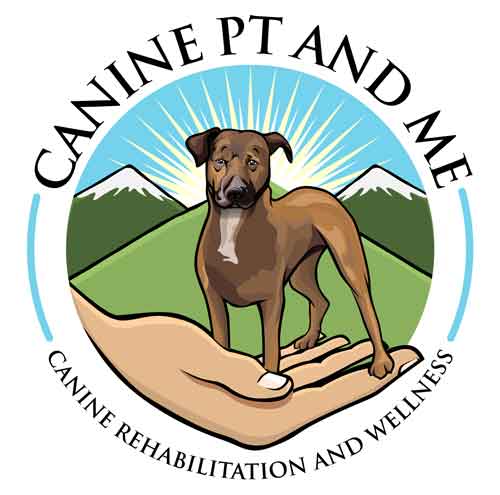What is luxating patella?

Patella is the medical term for “kneecap” and the patella sits in a groove at the end of the femur (thigh bone). As the knee bends and straightens, the patella glides in this groove allowing for range of motion to occur. The term luxating means “out of place” or “dislocated,” which means that the patella tracks outside of the groove. This can be painful for our furry friends and cause them to skip or hold up the leg as they walk.
What causes patellar luxation?
Many toy or small breed dogs, including Maltese, Chihuahua, and Bichon Frise dogs are genetically predisposed to getting this condition. Luxating patella can happen two different ways: the groove that the patella sits in can congenitally be shallow, or the muscles on the outside of the leg aren’t strong enough to keep the patella centrally located in the groove. The most common direction that the patella will dislocate is toward the inside of the knee, known as the medial side. When the patella luxates, the dog has difficulty bearing weight on the leg. They may learn to kick and hyperextend the leg, which will put the patella back into its normal location. However, there are varying degrees of luxation that can occur.
How bad can it be?
- There are 4 grades or degrees of patellar luxation:
- Grade I: The kneecap dislocates out of its normal position with manual pressure but returns immediately when it’s released.
- Grade 2: The kneecap easily dislocates out of its normal position with manual pressure. It remains displaced until it’s manually put back into place.
- Grade 3: The kneecap is dislocated most of the time but can be returned to its normal position with manual pressure. However, once this manual pressure is removed, the patella begins to spontaneously luxate.
- Grade 4: The kneecap is permanently dislocated from its normal position and cannot be manually replaced.
Can it be treated and how?

Treatment for this condition depends on the grade of severity. Generally, grade 1 and 2 can be treated conservatively with your local canine rehab therapist. They will address the muscle imbalances, joint stiffness, gait pattern, and compensation techniques that your dog has developed. However, surgery is generally recommended for grade 3 and 4 as these can be painful and cause significant lameness.
Many dogs live their entire lives with luxating patella and it does not affect them. However, when the condition progresses to grades 3 and 4, it might be time to consult with your veterinarian about treatment options. Surgical techniques may involve deepening the groove that the patella sits in, or your surgeon might move and reattach the tendon that holds the patella in place. Whether your dog has had surgery for luxating patella or not, many dogs will return to their normal activities. They just need some rest, proper joint supplements, and canine rehabilitation to get back to their happy-go-lucky lifestyle.
~Canine PT and Me Team
